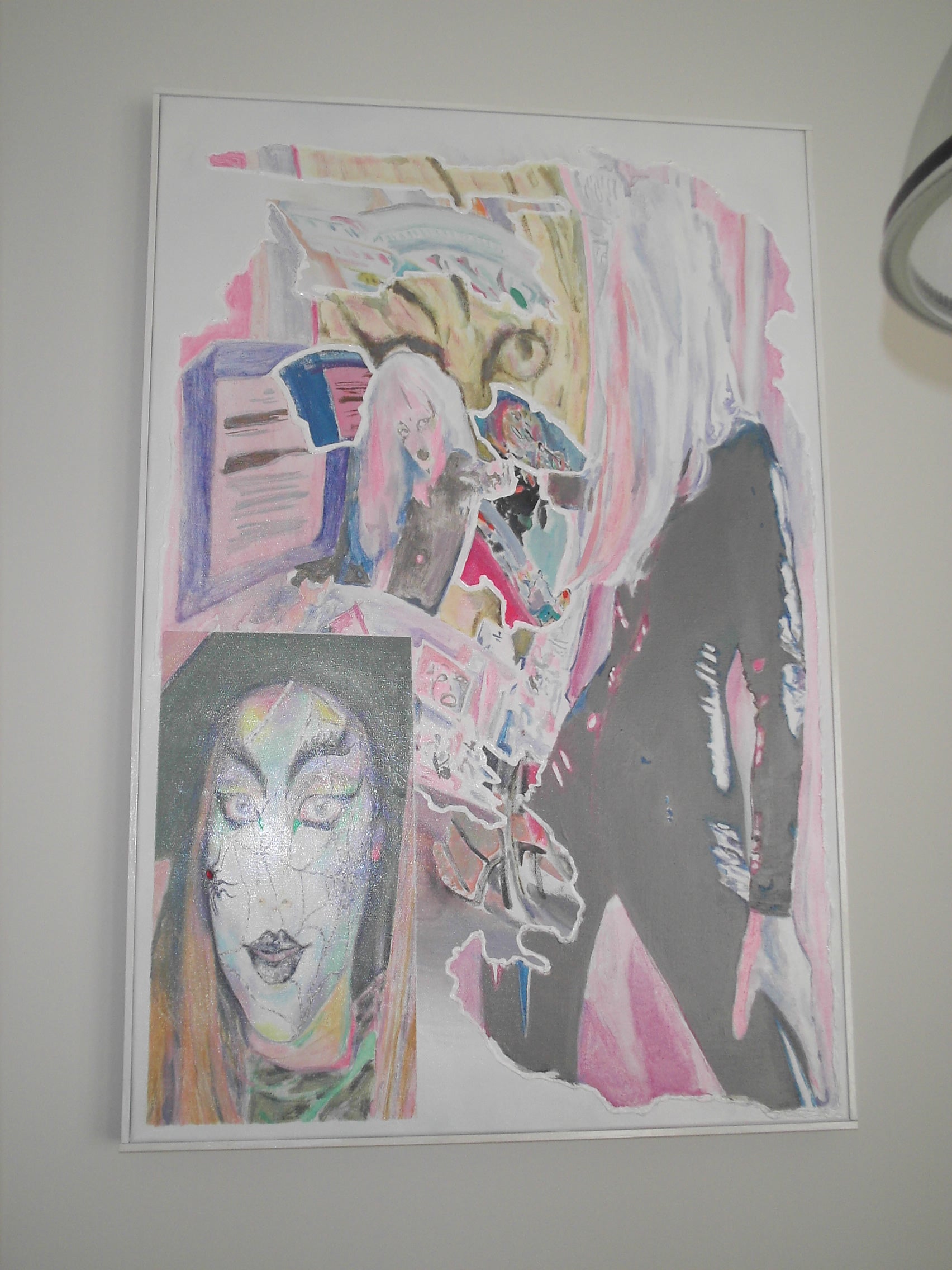
Photography by Hanna Moon
Author
Holly Connolly
Published
April 22, 2025
Hanna Moon started A Nice Magazine while still studying photography at Central St Martins, a decade ago. Part of her final project, the first issue poked fun at the fashion industry and its storied magazines. The second issue was quick to follow and, made while interning under the photographer Tyrone Lebon, it carried on in the spirit of the first; Moon even challenged Lebon to conduct the same shoot as her, to see who made the better images.
Eight years later, A Nice Magazine returns. In the interim Moon, who is originally from Daejeon, Korea, has become a celebrated photographer within the industry she set out to critique. Still, the anarchic spirit of the magazine remains. The eight year gap is also perhaps a little misleading: this issue really began in 2019, when Moon visited a Tate retrospective of the artist Dorothea Tanning. Immensely moved by one self-portrait in particular, she decided to make a magazine that considered the experience of being a female artist, asking her network of friend-collaborators for a self-portrait.
Typical of Moon’s approach, though, this is a magazine that’s both interrogating the reality of producing artistic work as a woman, while also rejecting this very idea, and the use of labels, entirely. “Although I am not particularly fond of the term ‘female gaze’ I realise that is what it’s become,” she writes in the forward. “I didn't want to flatten the experience, that was one of my main goals,” says Moon, in our conversation. “I'm not providing answers, I don't think, but it's more providing a space to discuss and really explore.” Here she discusses how the issue evolved, labels, working with friends and resilience.
Your work is a portrait of yourself
A Nice Magazine returns this year after an eight year hiatus. Tell me about the break, and about why you decided it was time to reprise the project.
I actually didn't mean to have a break, and in reality it wasn’t such a long break, because I started working on this issue probably around 2019. It just took so long to complete as it's a one-person project so no one is chasing for it to be completed, and because I don't have any advertising there isn’t that deadline either. So I just took time, and made it at the pace that suited me. Also, most of the contributors are my friends. When you don't give deadlines to friends it takes forever; they change their minds, so the project evolves during the time too. I welcomed that. If they wanted to change something, or reshoot, or give me new projects, I was very happy to work with that.
I’m interested in the idea of these different projects evolving. How do you think your initial idea of what the magazine might be changed versus what the magazine became?
My idea didn’t really change, and my brief was so broad initially. The theme of the magazine was, ‘Me, myself and I’; I was inspired by a self-portrait by the artist Dorothea Tanning which really touched me. So I asked my collaborators to do something self-expressive. I didn't really want to limit it to only self-portraits, because I think, really, that your work is a portrait of yourself. I think if your work reflects your character then that's enough.
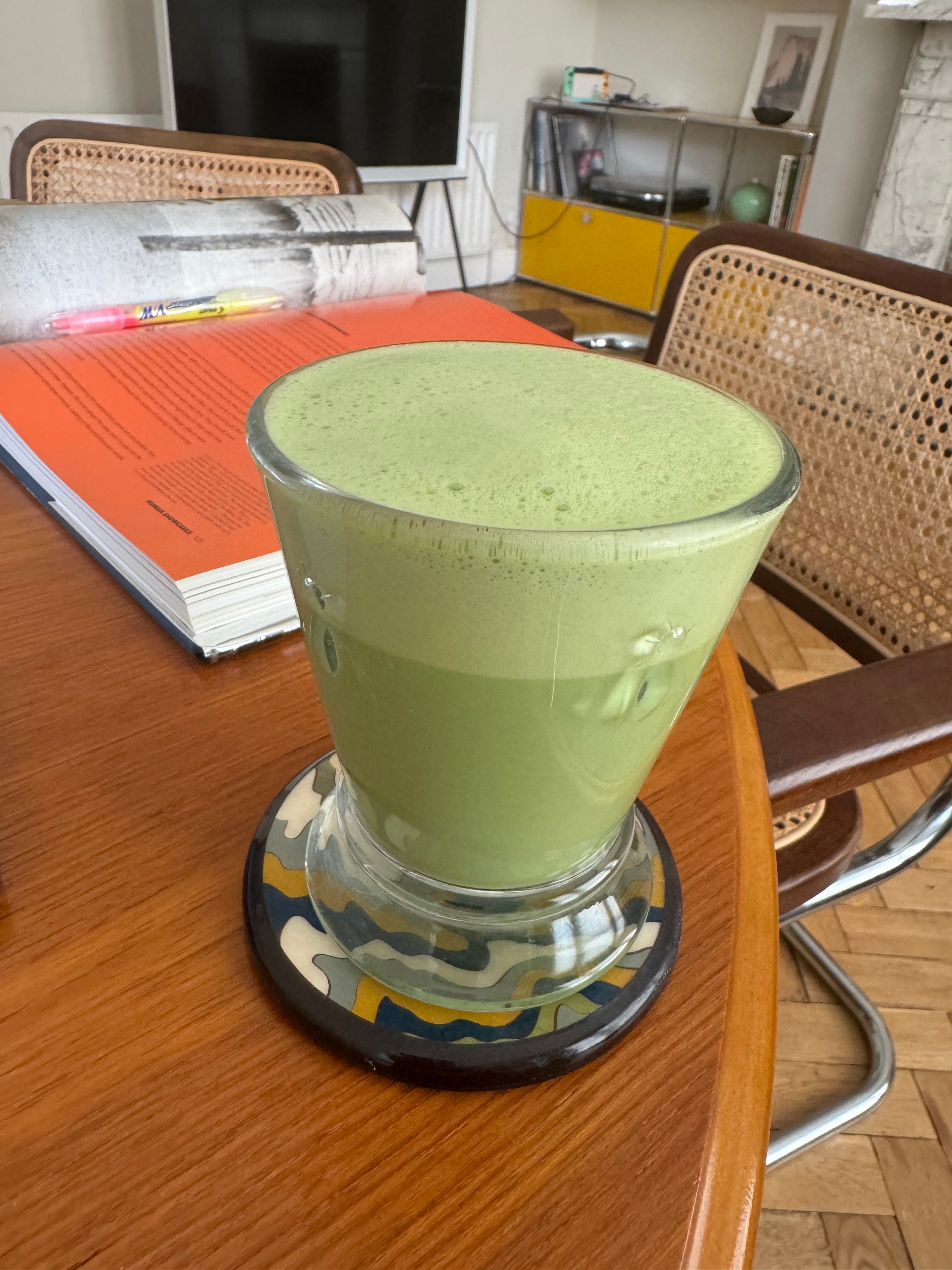
Photography by Hanna Moon
I needed that twist to it
In the introduction you write, of the magazine’s theme, “Although I am not particularly fond of the term ‘female gaze’ I realise that is what it’s become.” Why do you resist this term?
I think that it's almost limiting, rather than opening pathways. It reminds me of a very specific aesthetic, and I don't find it liberating as a term, I find it patronising, even. But it’s such a sensitive time now, that I feel by attacking it that I could be cancelled. I just don't really like the preciousness around it. For me the question is always: Is it liberating? Is it patronising? Is it limiting? Is it opening doors? At the same time, I think there are definitely limitations that still exist for female artists and creators, and so there is a reality to these kinds of terms. So can we be free of labels when there is a reality which still exists? I wanted to talk about it in a more open-minded way, rather than an awful, generic ‘female’ type of thing.
Yes, it feels like ‘female empowerment’ is often packaged into this very specific thing.
I wanted to break that a bit. Then also, there are other close friends, who have been part of the magazine since its inception, who are male friends. They are still in this issue of the magazine, but I made them come up with a drag name. In a way I needed that twist to it, when I’m talking about the ‘female gaze’, that makes me feel a bit more empowered and that I’m in control.
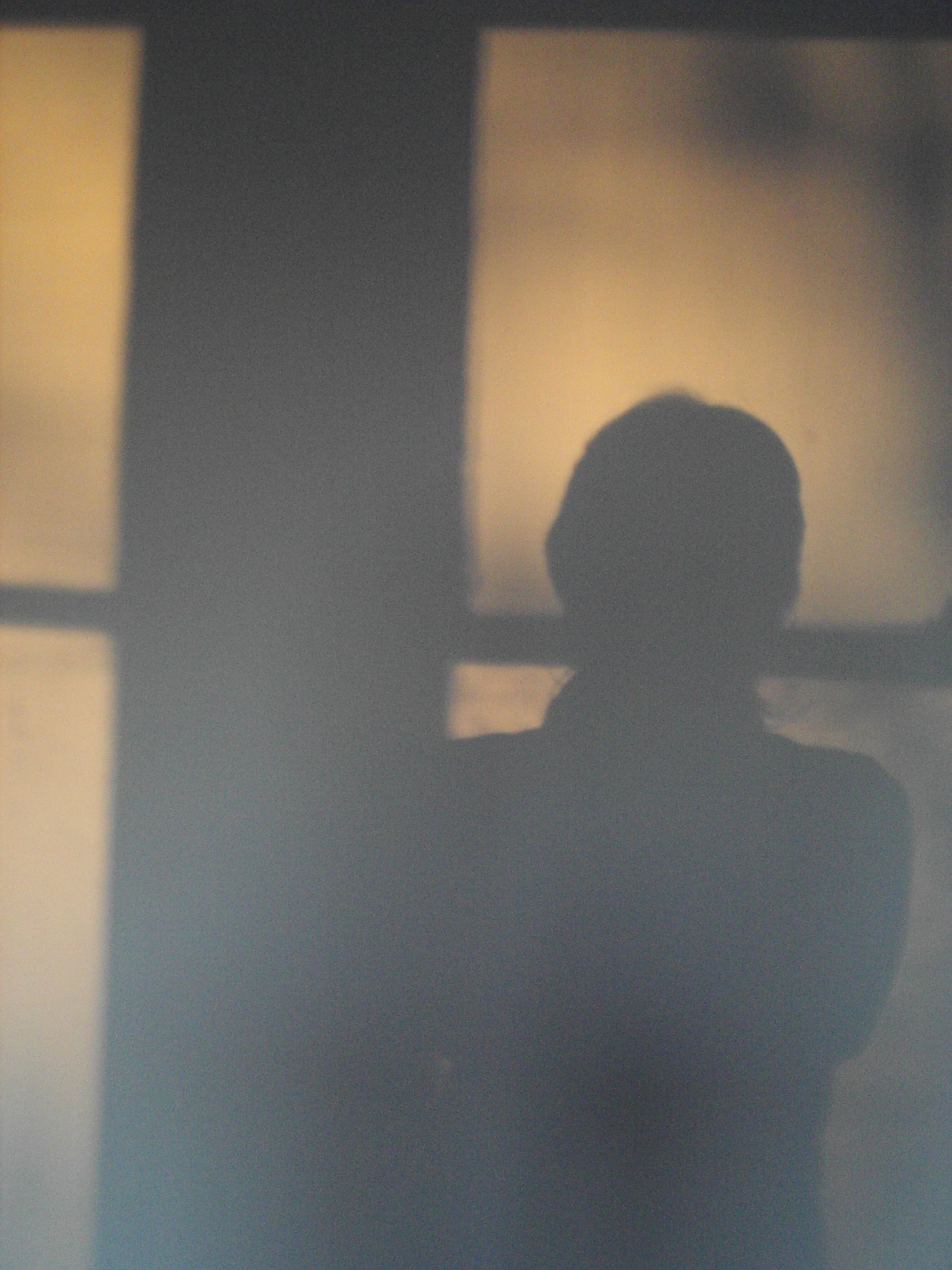
Photography by Hanna Moon
I always think about what labels do to you
A lot of this language has become so ubiquitous now, and it can feel both generic, and like a bracket that is being put around certain work, almost, “We’re letting you have this thing because you’re X, Y, or Z.”
I experienced a lot – not just about being female, but being Asian in the industry as well – a lot of tokenism and this kind of stuff. Often it's more for other people than for me. It’s like, “Oh, we have you, we're great, we’re doing the right thing.” I always think about what labels do to you, and then how that affects your work. I think that's probably also why I'm interested in specifically femaleness.
In terms of being inspired by Dorothea Tanning, I’m interested in whether she had a visual influence on the magazine, or more in terms of her position?
It was just a feeling I had in front of her work, and it might come from my own projection as well. I think that's what’s supposed to happen with artworks, you have your own interpretation. I could imagine what it would be like, being that female artist married to a very famous surrealist painter. In the self-portrait, she is very small in the image, and she's looking out to this vast landscape of Arizona. You can’t see her face, because she’s facing away from you, and she has this cute hair, and she’s wearing underwear. It just really resonated with me, how I sometimes feel in the world, and in my work and in how I am.
Why do you think it resonated so much?
Because it's quite scary, that vast world in front of you. But then what I really liked about it is her resilience, she’s still sort of being humorous about her hairdo or what she's wearing, so she is still herself. It was me imagining how she might have felt, then projecting myself into it, and that made me interested in the very particular status of being female, and how that affects your work. I do think sometimes that it’s a privilege to have had certain experiences – say coming from a multicultural background, or being female or queer – there is a lot of life experience to draw on, as opposed to being a white American guy talking about robots and AI.
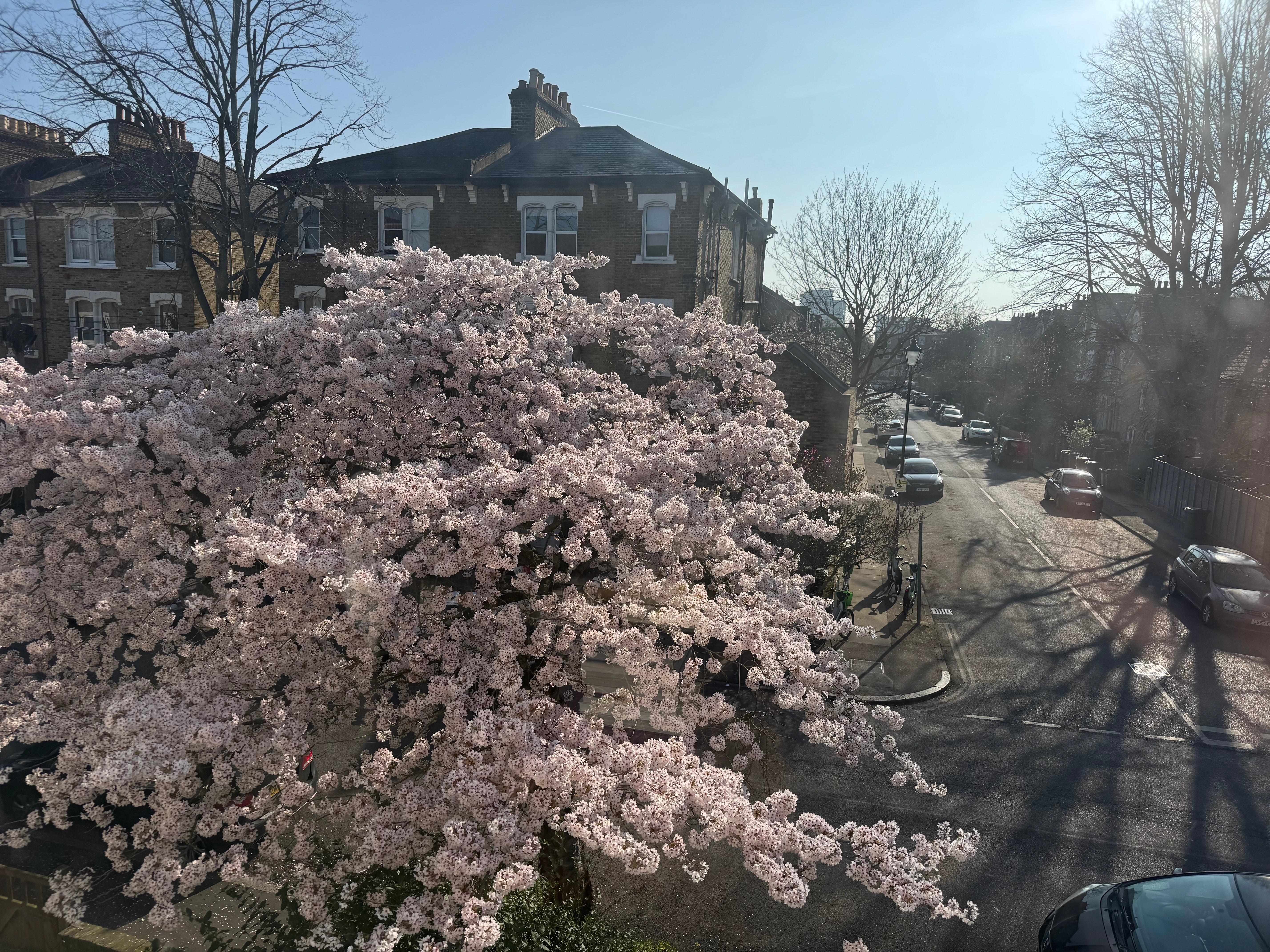
Photography by Hanna Moon
Magazines are now more like collectibles
The first issue you made as your final project at St Martins, and the second you began while interning for Tyrone LeBon. Since, you’ve carved out a really established career in the industry. How do you think your own position now as more of an ‘insider’ might have affected this issue?
Having financial freedom is huge. The quality of this issue is so much better because I thought, ‘You know what, I'm going to print in Japan, because I want to’. Before it was always, cheapest paper, cheapest print, cheapest size. This time I could really have that freedom of exploring what it could be.
Maybe I'm also more appreciative of having made this on the side, because I'm at the stage where it’s become a bit more routine, when I used to be more excited about it. This issue is also colliding with the change of the world and of the industry too. Within the ten years that I have been working in the industry it is crazy how much it has changed, and how the magazine as a platform, how its meaning has changed.
How do you think it's changed?
In a way it's good because the magazine feels more like a book, and magazines are now more like collectibles than periodicals, I think. Maybe also something that is different this time, is the fact that I know more people, so certain contributors that I really wanted to have were easier to access.
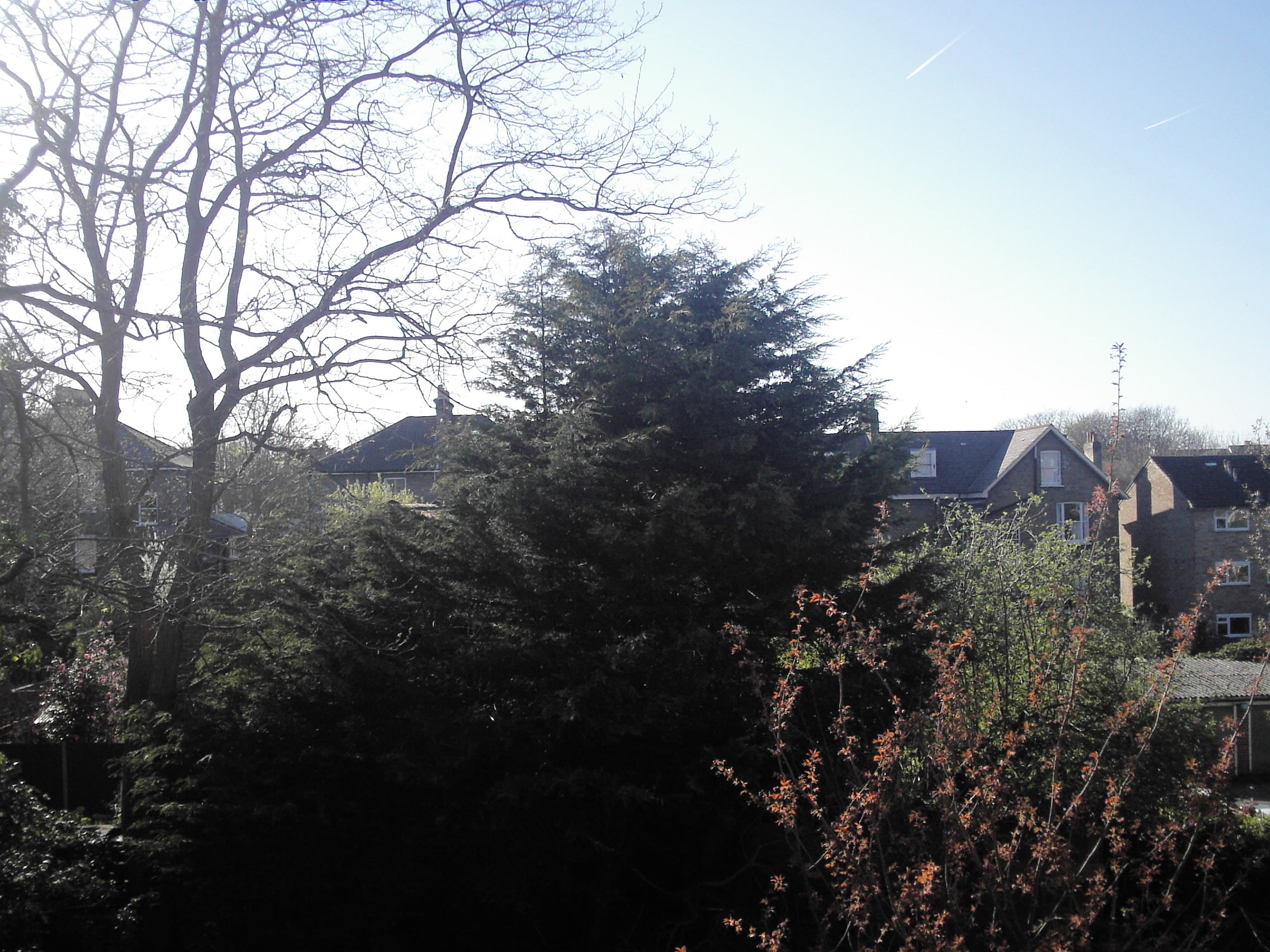
Photography by Hanna Moon
I'm always rebelling against something
What do you think you've carried from the first two issues into this one?
The rebellious spirit. The first issue was like, “Fuck this, fuck the fashion industry.” Which was very well received and kind of got me into the industry. I'm always rebelling against something, even without me realising, because I don’t really think about it that much. But I think when you have that strong urge to deliver some message, that is because you have to say that to the world, right? So that mentality hasn't changed.
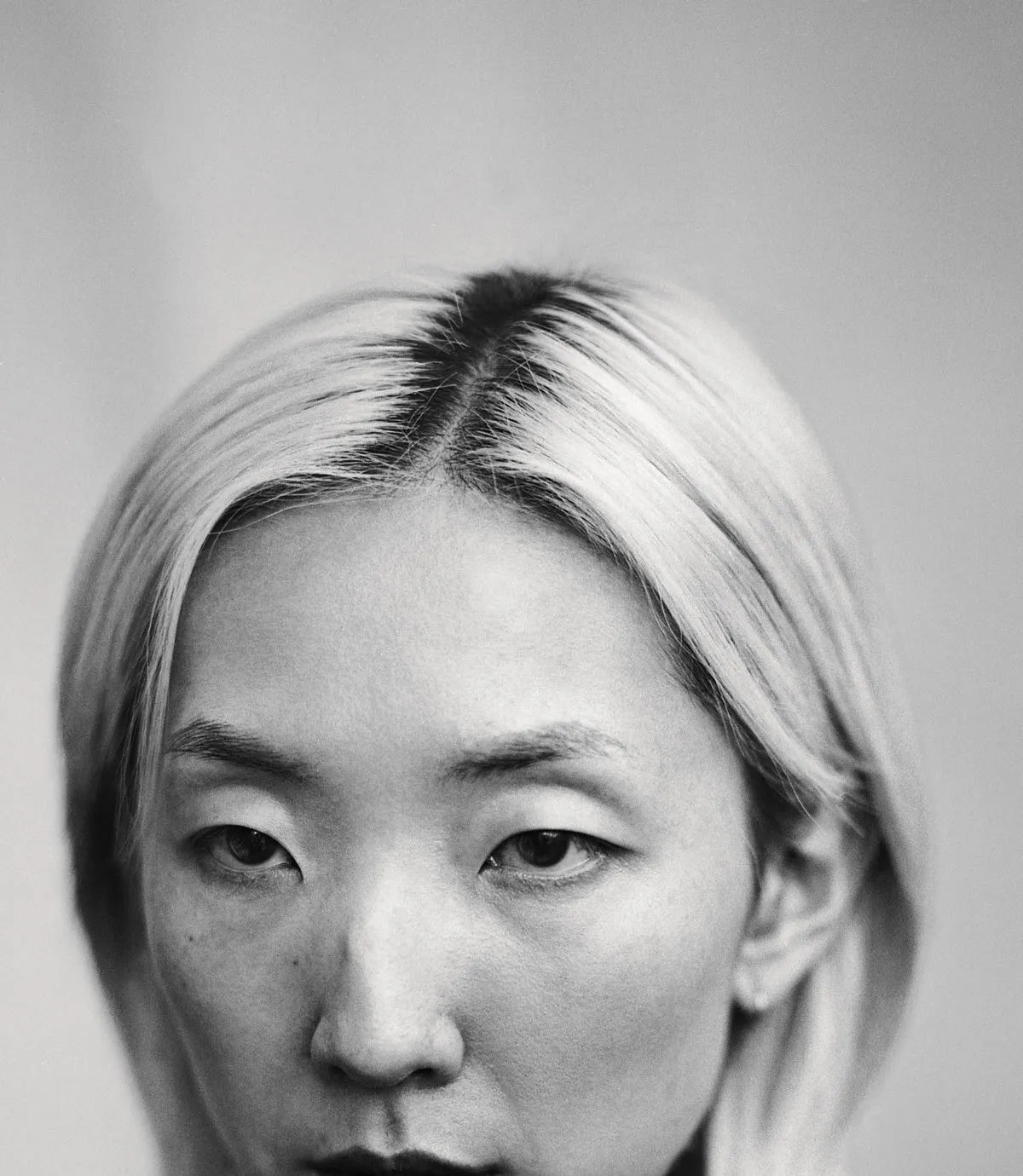
Portrait of Hanna Moon by Jack Davison